Introduction to the Variety characteristics of Indonesian Mantenin Coffee description of the correct brewing method of Golden Mantenin Coffee
Friends who pay attention to Qianjie Coffee should know that there are nearly 50 kinds of coffee on the bean list of Guangqian Street Coffee Store. Each one is carefully selected by Front Street to represent the flavor of different regions of coffee beans of high quality. And of those coffees, mantenin was asked about more often. A lot of people who come to Front Street are always surprised,"There are so many kinds of Mantenin?"
Indeed, there are five types of mantinin in Front Street Coffee: Gold mantinin, Tiger mantinin, Aged mantinin, Wahana Manor Sun-baked mantinin, and Lindon mantinin. Although they are both mantenin coffee, there are some differences between mantenin coffee with different names. For example, the new 2020 season's Golden Mantinin variety is Ateng(as the locals call katim), while the other four Mantinin coffees are Iron Pickup varieties. The flavor of Golden Mandrine is cleaner than the other four Mandrines, without the earthy flavor of regular Mandrines, and more intense.
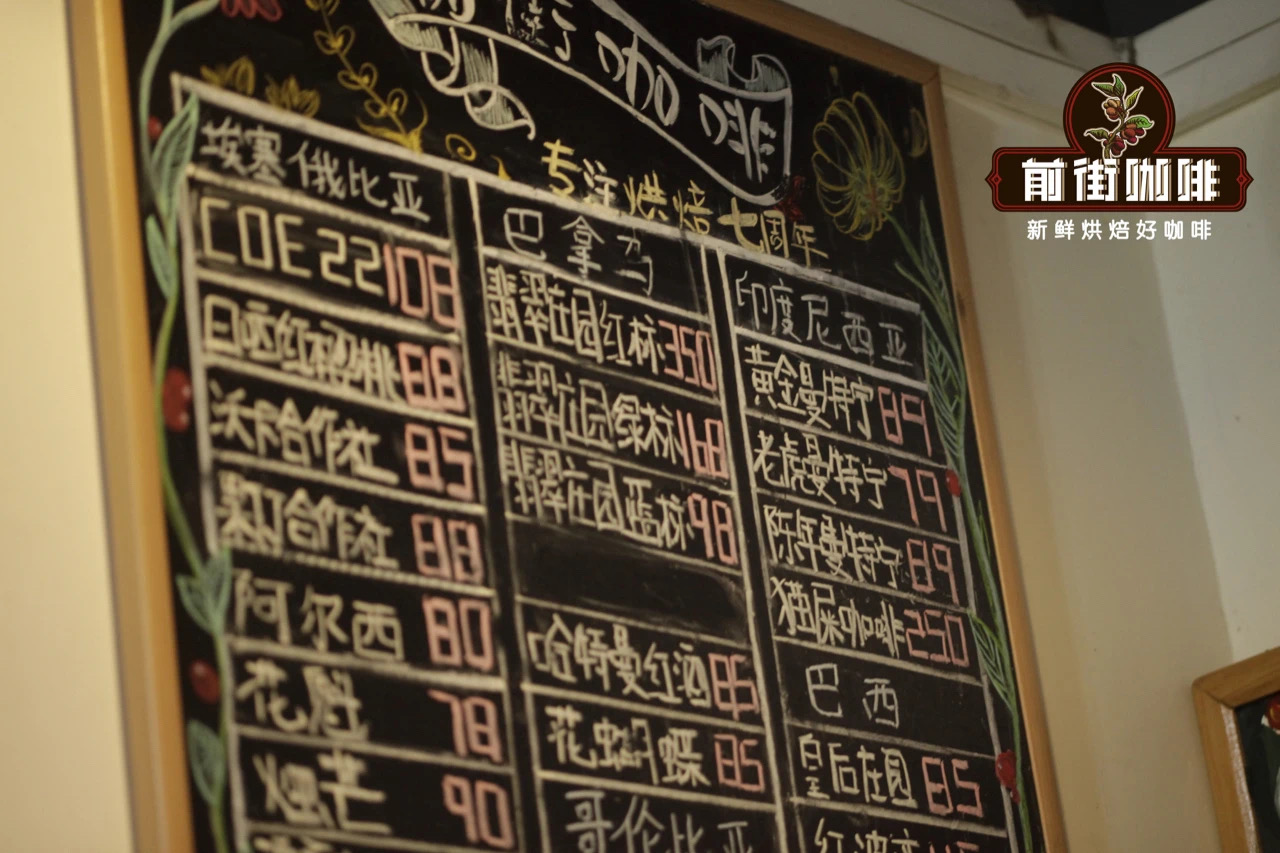
Katim is a group of pure cultivars of coffee derived from a cross between Katim (Timor hybrid: a natural blend between Arabica and Robusta coffee) and Kadura. It has high productivity and shows resistance to coffee leaf rust and coffee berry disease (CBD). One of the first widely used Catimor varieties was CR (Costa Rica) 95, released around 1995. Other products include Catimor 129 and Catimor F6. It is popular in Central and South America and Asia because of its high yield, high altitude and good resistance to pests and leaf rust. It is precisely because katim coffee has the robusta gene that it is currently controversial, with some people believing that its flavor quality is lower than most Arabica coffee. However, Qianjie Coffee believes that coffee bean seeds will have a certain impact on coffee flavor, but other human factors should also be considered, such as coffee picking, screening, processing and so on.
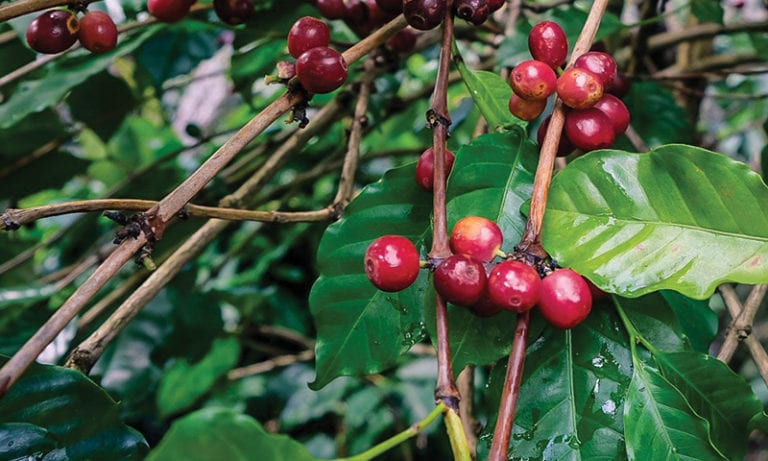
For example, PWN Gold Mandning of Front Street Coffee comes from PWN (pawani) Green Bean Company. Because Gold Mandolin Coffee is registered as a trademark by PWN, strictly speaking, only Gold Mandolin from PWN is authentic Gold Mandolin. All of Front Street Coffee's golden mantinin beans have factory certificates from PWN and raw bean sacks with PWN logo printed on them, so you can buy them with confidence. Due to the limited production of PWN's gold mantelin coffee each year, there will be some people on the market who will pass off the good quality and use ordinary mantelin to counterfeit gold mantelin. If you are not sure, you can ask the merchant to provide PWN's factory certificate and photos of raw bean sacks printed with PWN logo.
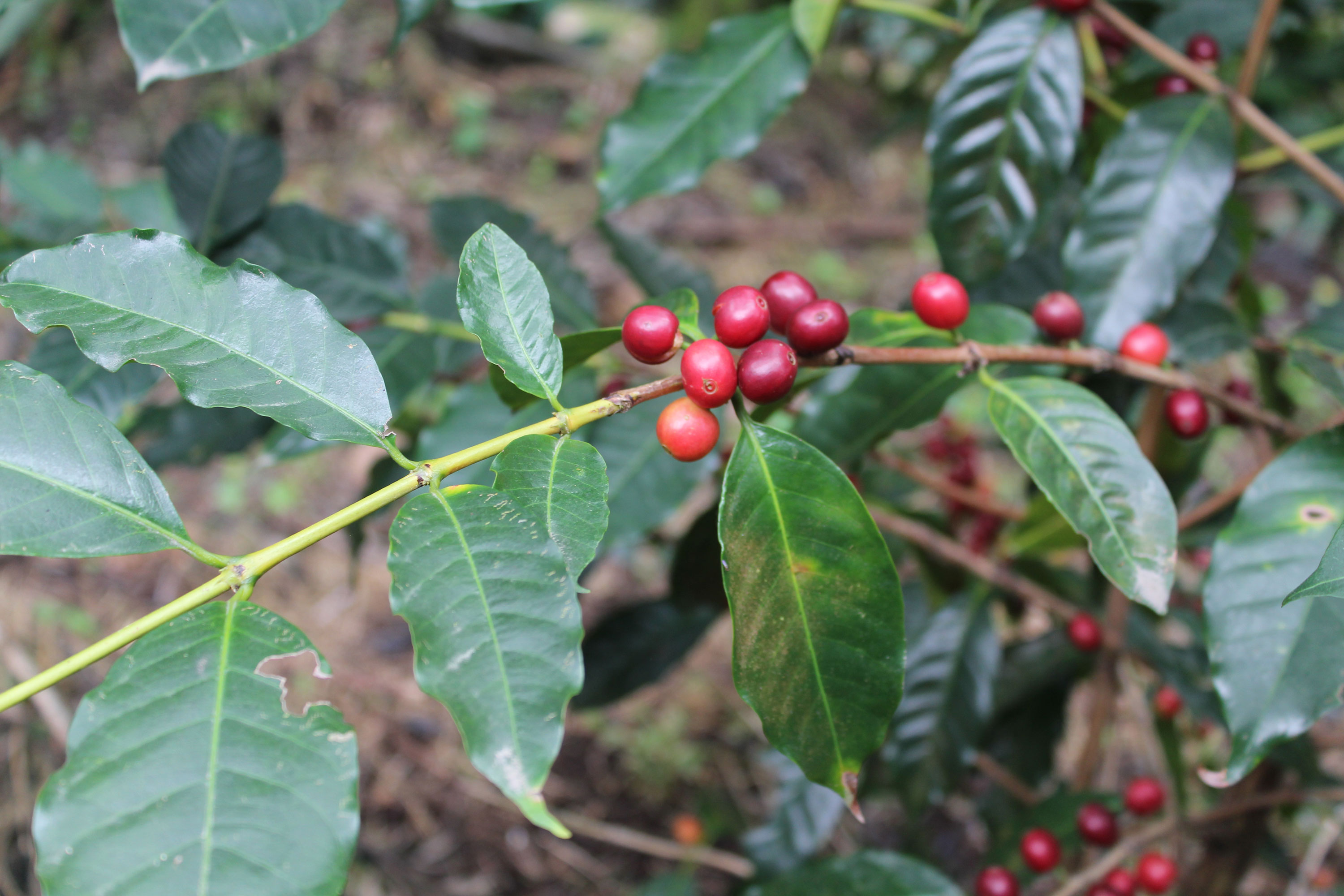
Typica is one of the most iconic coffee varieties in the world. Dating back to Ethiopia, the birthplace of Arabica coffee, it is an integral part of understanding the coffee we drink today. Tin coffee cups are very high quality, elegant and delicate, full of floral and fruit complex flavor. Typica dates back to southwestern Ethiopia, just like other Arabica coffees. Arabica was taken to Yemen between the 15th and 16th centuries and to India by 1700. The seeds sent to the Malabar coast of India and Java in Indonesia are now known as iron pickups.
Later Indonesia experienced global leaf rust, and almost all of the beans and iron pickups were infected. In order to save Indonesia's coffee farming industry, the government decided to introduce various coffee varieties to replace the susceptible iron pickups. Now widely cultivated is a variety called Ateng, which was originally katim, because it was originally grown in central Aceh, so the coffee from this area is called Ateng (abbreviation for central Aceh).
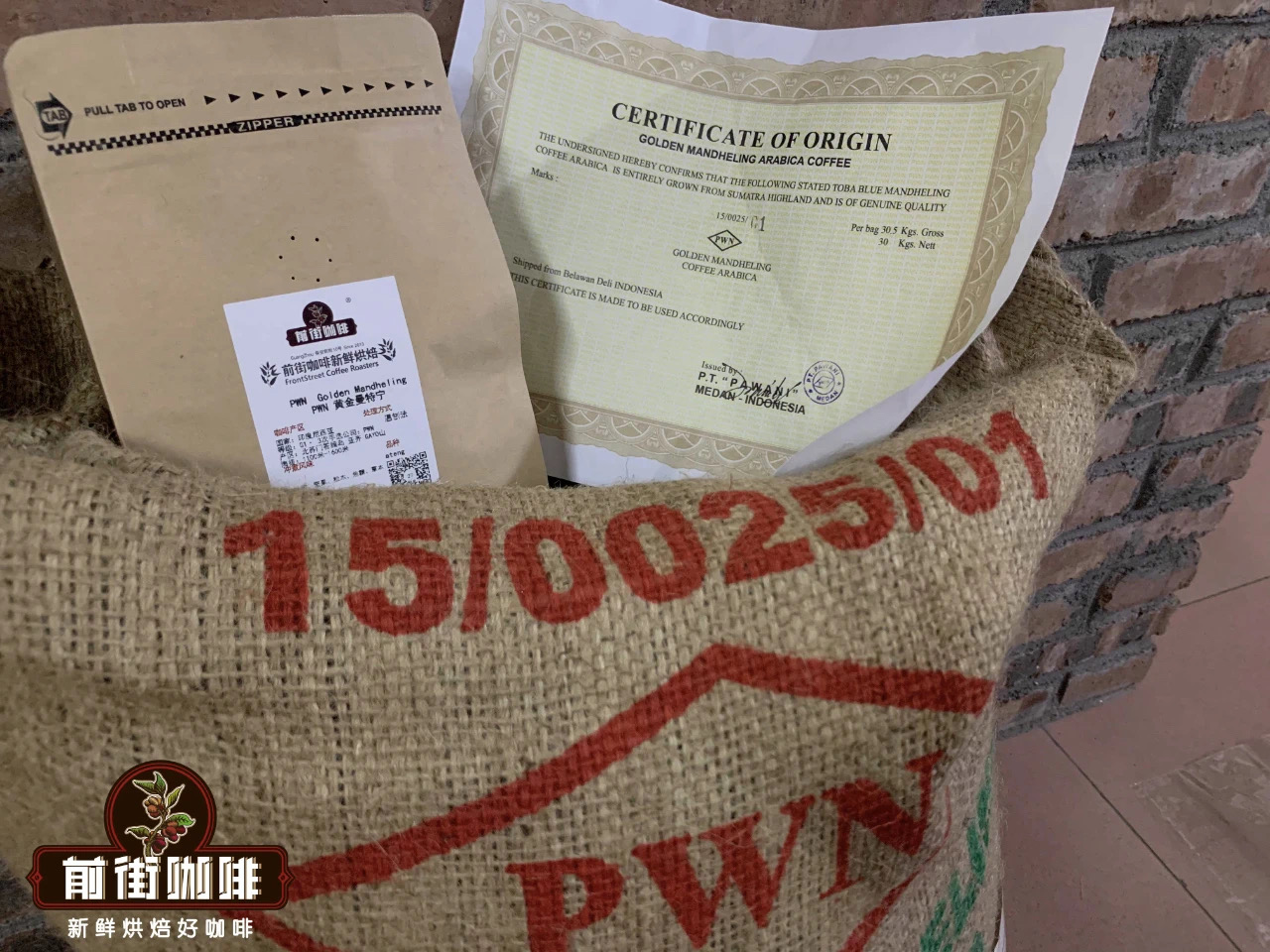
Today, gold mantenin uses Ateng coffee beans from Aceh Gayou Mountain, which is located in the northernmost part of Sumatra Island. Since Aceh was peacefully liberated, foreign trade began to resume here. Coffee merchants found that the coffee quality here was higher than that in Toba Lake area. Therefore, many high-quality mantenin coffee beans now come from Aceh.
While most coffees are named after the region or country where they are grown, mantling coffee is named after the mantling people who traditionally grow and process coffee beans. During World War II, a Japanese soldier stationed in Sumatra asked locals where their coffee came from. Mistaken for a racial question, the Sumatra man replied: Mandelin. Later, this sensational coffee spread to Japan, because the Japanese pronunciation problem incorrectly said Mandelin as Mantenin, so this coffee spread under the name "Mantenin." Mandnin coffee refers specifically to arabica coffee beans grown in northern sumatra. Smooth, full-bodied, low acidity with exotic flavours and a pronounced sweetness, while traditional Sumatra mantinin coffee is mostly interspersed with herbal flavours. This is inseparable from the unique coffee processing method of mantning coffee, giling basah(wet planing) is also known as "wet shelling".
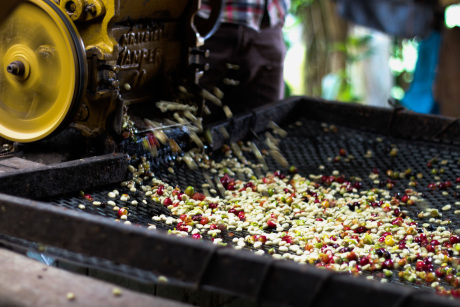
Most small-scale farmers in Sumatra, Sulawesi, Flores and Papua use the Giling Basah process. Harvest ripe coffee fruits, called coffee cherries. Farmers use locally made pulpers to mechanically remove the skin. Coffee beans coated with mucus can be stored for up to a day, during which time natural fermentation breaks down the sticky residue. After that, the coffee beans protected by the parchment shell (endocarp) are washed away before drying. Contrary to other traditional drying methods, parchment coffee is dried to a moisture content of around 12%, while coffee beans in the Giling Basah process are dehulled at a moisture content of 30% to 35%; still semi-wet. The green coffee beans are then further dried to reach an exportable moisture content of 12%. This operation gives coffee beans a distinctive blue-green appearance and is believed to reduce acidity and increase alcohol, resulting in classic Indonesian flavors. Fully displaying the mellow and smooth taste of Mantenin coffee, Front Street Coffee has also formulated a standard hand-brewed coffee production plan for Mantenin:
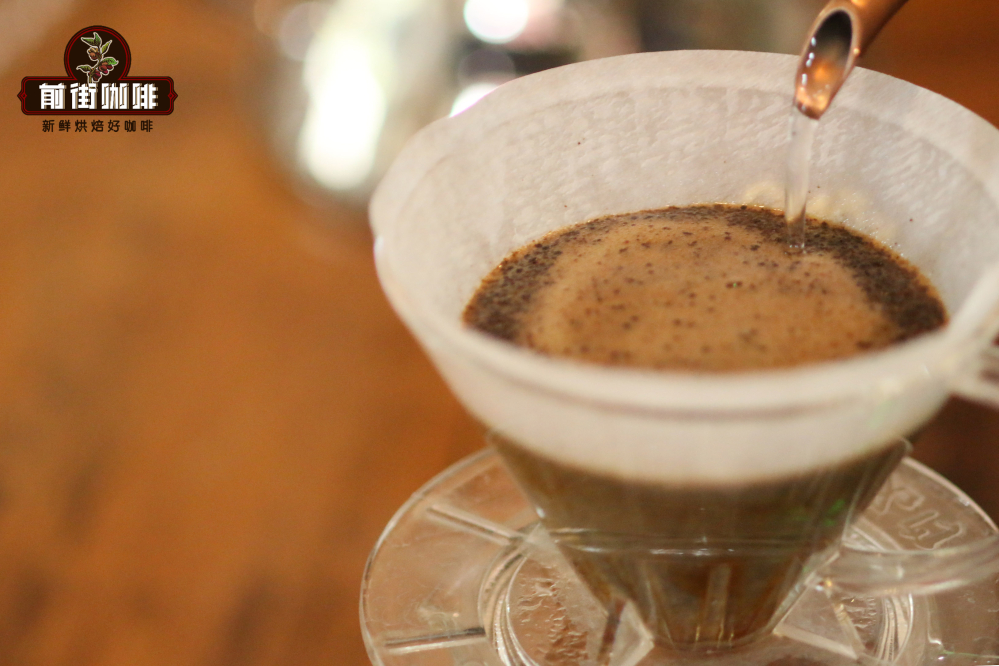
Kono filter bowl
88℃ water temperature
15 grams of powder
1:15 powder-water ratio
Grind medium coarse (China standard No.20 sieve pass rate 70%)
Some devoted fans of Front Street coffee should know that the current mainstream brewing temperature is recommended to be between 86 and 93 degrees, with higher temperatures for light roasts and lower temperatures for deep roasts. Most of the mantinin coffee in Front Street Coffee is deeply roasted, so it will take a longer time for Mena reaction and caramelization reaction, and its delicious small molecular substances will be wiped out too much. If the high temperature above 90℃ is used, it will be easier to extract bitter macromolecular substances. Therefore, Front Street recommends brewing mantinin coffee at a temperature below 90 ℃. At present, it is to prevent excessive extraction of coffee. The reason for using kono filter bowl is that its unique conical design ensures uniform distribution throughout the filter bowl and flows into the lower pot at a very stable rate. We can see from the photos that the ribs in the lower part of the kono filter cup are shorter, and the filter paper above the ribs and in the grooves will fit better in the filter cup during the coffee brewing process, resulting in a stronger coffee.
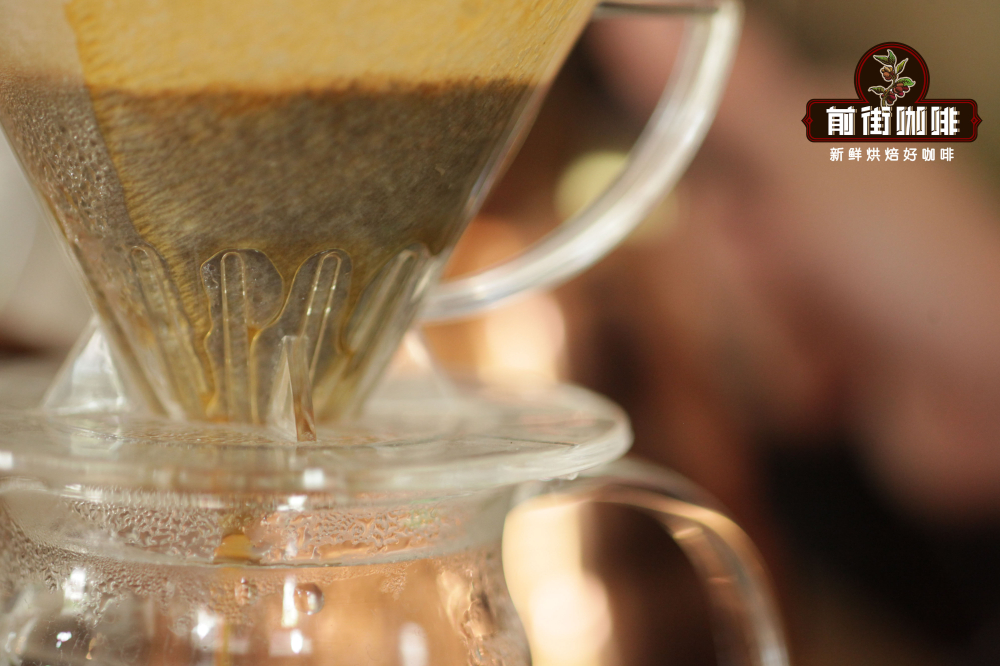
Water injection method: 30ml water was injected into the first stage and stewed for 30 seconds; 120ml water was injected into the second stage by circular injection; 75ml water was injected into the third stage by circular injection, and the extraction time was 2 minutes.
Professional coffee knowledge exchange More coffee bean information Please pay attention to coffee workshop (Weixin Official Accounts cafe_style)
More fine coffee beans, please add private WeChat Qianjie Coffee, WeChat: kaixinguoguo0925
Important Notice :
前街咖啡 FrontStreet Coffee has moved to new addredd:
FrontStreet Coffee Address: 315,Donghua East Road,GuangZhou
Tel:020 38364473
- Prev
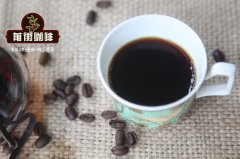
Why is civet coffee the most expensive coffee in the world?
Professional coffee knowledge exchange More coffee bean information Please pay attention to the coffee workshop (Weixin Official Accounts cafe_style) from the civet feces to pick out undigested coffee seeds, remove the silver-gray film of the seeds, rinse them with water and dry them in the sun, and finally stir fry them into coffee beans, so the cat feces coffee is actually very clean and hygienic. Cats poop coffee beans come in
- Next

The origin or variety of the name of mantenin Indonesian gold mantenin coffee beans flavor introduction
In the front street coffee bean list, has been retained in the classic coffee beans, mantenin coffee is one of them, known for wet brewing coffee beans, mantenin coffee beans are good-looking dark green. Roasted coffee beans taste mellow and rich, bitter and fragrant, is most coffee lovers drink coffee
Related
- Detailed explanation of Jadeite planting Land in Panamanian Jadeite Manor introduction to the grading system of Jadeite competitive bidding, Red bid, Green bid and Rose Summer
- Story of Coffee planting in Brenka region of Costa Rica Stonehenge Manor anaerobic heavy honey treatment of flavor mouth
- What's on the barrel of Blue Mountain Coffee beans?
- Can American coffee also pull flowers? How to use hot American style to pull out a good-looking pattern?
- Can you make a cold extract with coffee beans? What is the right proportion for cold-extracted coffee formula?
- Indonesian PWN Gold Mandrine Coffee Origin Features Flavor How to Chong? Mandolin coffee is American.
- A brief introduction to the flavor characteristics of Brazilian yellow bourbon coffee beans
- What is the effect of different water quality on the flavor of cold-extracted coffee? What kind of water is best for brewing coffee?
- Why do you think of Rose Summer whenever you mention Panamanian coffee?
- Introduction to the characteristics of authentic blue mountain coffee bean producing areas? What is the CIB Coffee Authority in Jamaica?

